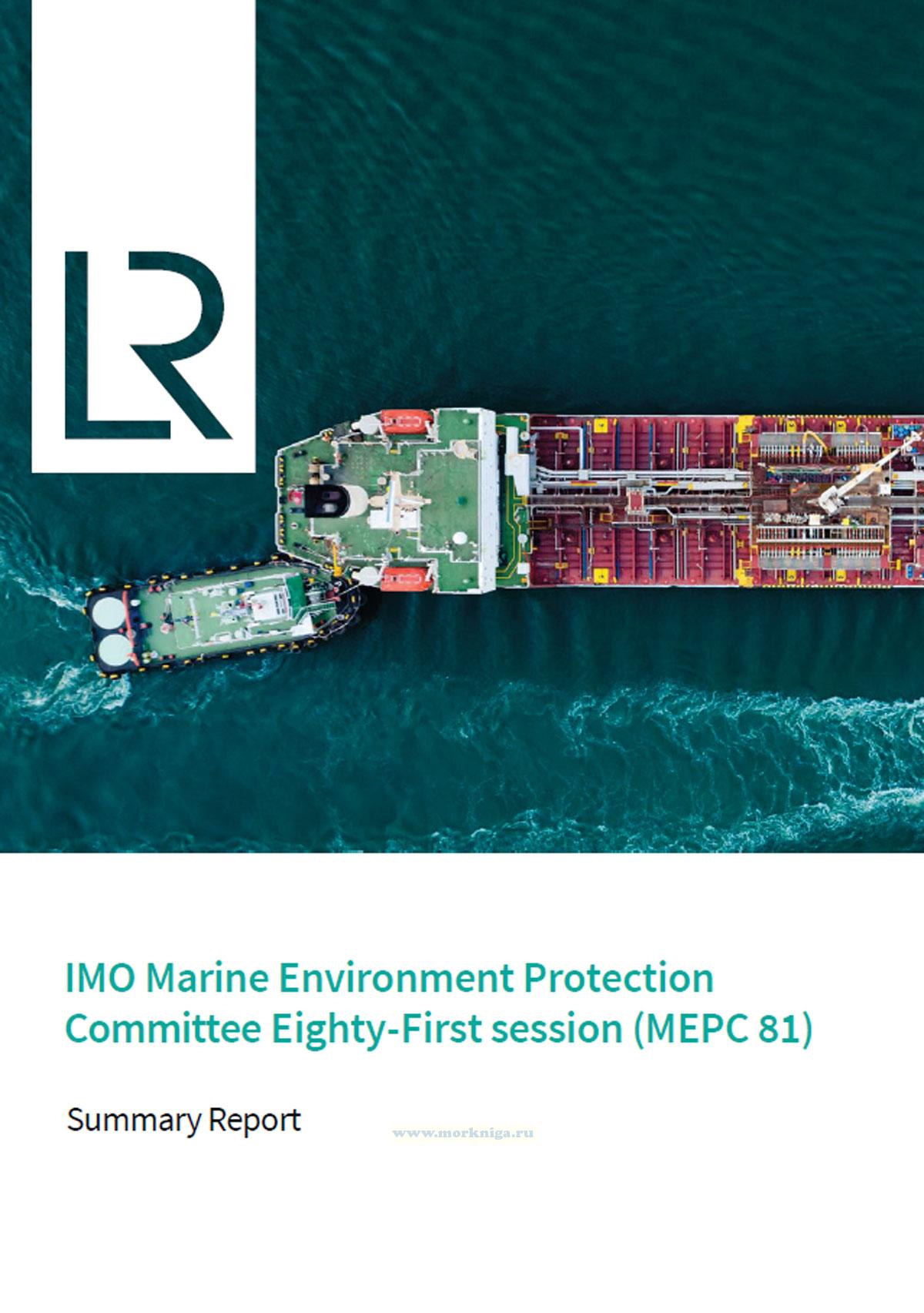Сб с 10 до 16
IMO Marine Environment Protection Committee Eighty-First session (MEPC 81). Summary Report/Комитет ИМО по защите морской среды, восемьдесят первая сессия (MEPC 81). Сводный отчет
Книга на английском языке
The following was agreed during MEPC 81:
•Adoption of amendments to MARPOL Annex VI concerning definitions of fuel oil and gas fuel and whenthe sampling requirements of MARPOL Annex VI regulation 14 do not apply to them, replacement of asteam engine and NOx compliance under MARPOL Annex VI regulation 13, and expansion of datarequired to be reported according to MARPOL Annex VI regulation 27 (expected to enter force 1 August2025).
•Agreement to the reclassification of LNG carriers that are currently reported as gas carriers for thepurpose of the data reporting in Annex VI regulation 27 and CII.
•Agreement to an illustration of future MARPOL Annex VI regulations to implement mid-term GHGmeasures and confirmation that the mid-term measures will include a fuel standard and an economic requirement.
•Approval of ECAs for SOx and NOx in the Norwegian Sea and Canadian Arctic (both expected to enterforce 1 March 2026).
•Endorsement of a comprehensive list of instruments which require revision and or development aspart of the review of the BWM Convention.
•Adoption of, with effect from 22 March 2024, MEPC.387(81) Interim guidance on the application of theBWM convention to ships operating in challenging water quality conditions. This guidance will assist ship owners and operators in planning for compliance with the BWM Convention and the D-2 discharge standard when a type-approved BWMS encounters operational limitations or meeting operational demand in challenging water quality (CWQ) conditions.
•Approval of, with effect from 22 March 2024, BWM.2/Circ.82 Guidance for the temporary storage oftreated sewage and/or grey water in ballast water tanks. Noting that this procedure should only be undertaken temporarily in specific ports and areas which restrict the discharge of treated sewage and/or grey water (TS/GW) and where the ship does not have dedicated tanks with adequate storage capacity.
•Approval of, with effect from 22 March 2024, MEPC.1/Circ.909 Recommendations for the carriage ofplastic pellets by sea in freight containers. This circular will act as a short-term measure with the aim of reducing the environmental risks associated with the carriage of plastic pellets in packaged form by sea ahead of mandatory instruments being developed.

